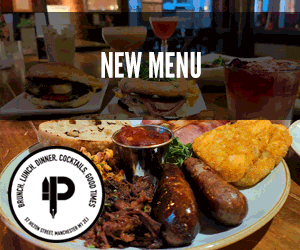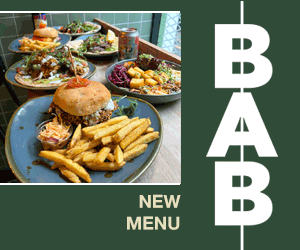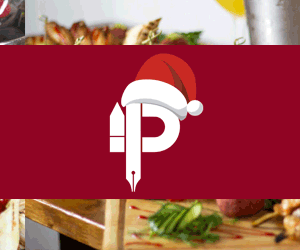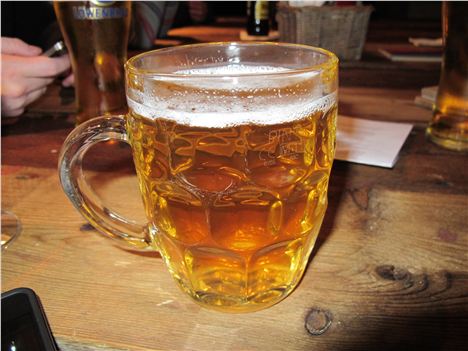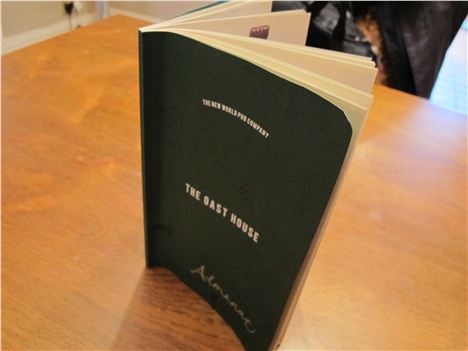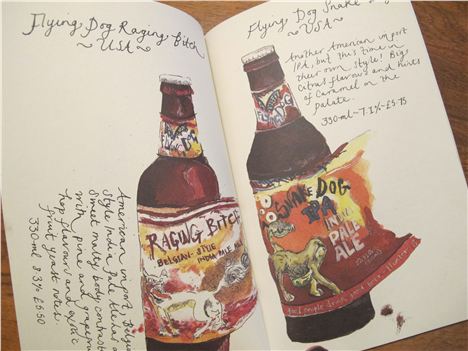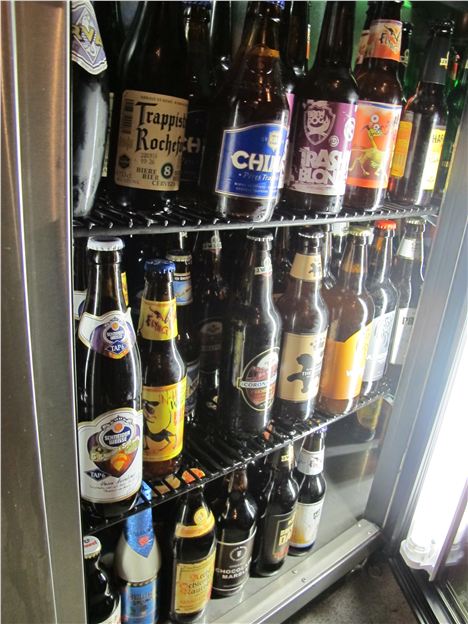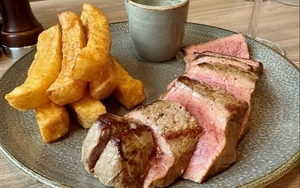BEER'S a good four letter word.
It’s a fine word like ‘snug’, ‘home’, ‘warm’, ‘cosy’ even ‘glug’. Of course drink too much of the stuff and it becomes the motivation behind a deluge of less wholesome four letter words which then spill from the mouth with spiteful ease.
A real beaut - to be drunk slowly, one bottle per night - is Delirium Tremens, a smooth sock-knocker-off, with more body than Scarlett Johansson
But for many years the ‘wholesome’ aspects of beer were lost in the popular British consciousness. Beer was the drink for men of middling ages, teachers, academics, a few mad journos and working-class fellas who no doubt favoured the flat-cap over the baseball.
This has changed.
In 2012 it is impossible to open, take over or manage a credible pub without a good range of cask ales and overseas beers. Quality beer, not wife-beater or gnat's spit, is part of the food revolution.
Britain - much of it anyway - has tutored its palate to want more. We've sampled the range of cuisines available in our cities and with travel across the globe. Food and drink's sensory delights have opened our minds.
The Oast House is an example of this.
Received (i.e. clichéd) wisdom should be that the location is impossible for quality ale.
Corporate, steel, class and be-suited Spinningfields should be the last place where a pub works, especially one that places such an emphasis on beer. Surely this should be a place for arrogant, young upstarts wooping, shouting and throwing down pint after pint of Burton-brewed under licence keg lager, in a ‘wine-bar’?
Not a bit of it.
Since the eccentrically-designed Oast House opened in October, those distinctive barrels, at the back of the bar have become a feature of a Manchester’s food and drink life. Cask ales and premium bottled lagers have been easily outselling keg-lagers for all age-groups and across the sex-divide.
Since the Oast House opened I’ve quaffed so much Loweswater Gold - 4.3% from the Loweswater Brewery in Cumbria - I now feel it a permanent component of my bloodstream. I’m convinced this golden, almost citrusy, refreshing ale has made me healthier. Happier perhaps.
But there’s far more than just the barrels behind the bar to the beer stock here
There’s a book of the stuff.
The Oast House Almanac includes 44 different bottled beers (and for that matter nine perries and ciders). It's charming too, like nature books your granny got you for Christmas, with watercolour illustrations of the beers.
It’s a joy to read but a bigger joy to follow until benign incoherence takes over and a beatific smile spreads over your chops.
Featured here, there are bottles of pale ales, dark beers, blonde beers, wheat beers, fruit beers, and, shush, Trappist beers. There are beers from near and far, from seventeen countries and four continents.
It’s good to see so much emphasis on quality products from specialist beer-makers in the USA, a country that was once the exclusive domain of crap like Budweiser.
These include excellent dark lagers from Boston’s Samuel Adams brewery, and superb pale ales from Flying Dog in Maryland such as the fruity in taste and title Raging Bitch. Blue Moon is a wheat beer from a brewery of the same name in Colorado that fans of the current premiership leaders may want to celebrate with should the miracle happen in May.
Moving away from the States, a real beaut - to be drunk slowly, one bottle per night - is Delirium Tremens, a smooth sock-knocker-off, with more body than Scarlett Johansson.
This 8.5% beer (our main picture star above) has an apt title and an apt label covered with pink elephants. It’s from Belgium, from Brouwerij Huyghe in Melle to be exact – try saying that after two or three bottles of DT.
Even stronger and especially good for cold days, is a beer produced five miles north of the Oast House.
This is JW Lees Harvest Vintage Ale. It’s 11.5% and is so rich and overwhelming you have to sit for several minutes after the first sip to contemplate the glories of the world. If beer were port and wonderful to taste, then it would be Harvest Vintage Ale.
Other superb beers include the Smokeless porter from the UK’s Red Willow brewery, the clear and sharp Viru Pilsner from Estonia and the lovely smoky Schlenkerla Rauchbier from Germany.
There are a couple of bum notes in the brief classic lager section. Peroni Nastro Azurro should only really be drunk in extreme heat on an Italian piazza when there’s nothing else around, Sol should be left well alone at all times. In fact I find many of the Asian and Latin ‘lagers’ lacking in edge and definition. Maybe I need to educate the palate. ‘Lucky Beer’ from China seems a place to start.
Still, what the Almanac and the barrels at the back of the bar in the Oast House show is the wonderful diversity of beers. You also get range -specially with cask ales - in pubs across the city centre, and with bottled beers in Port Street Beer House and other outlets.
We’re living in grand beer times. For any epicure who's yet to be convinced they should get into this most ancient of alcoholic drinks.
The little green book gives a good start.
You can follow Jonathan Schofield on Twitter here @JonathSchofield
 All together now, 'Best in all the land and all the world'
All together now, 'Best in all the land and all the world'
 Oast House in October being attacked by thirsty beer-loving pumpkins
Oast House in October being attacked by thirsty beer-loving pumpkins





